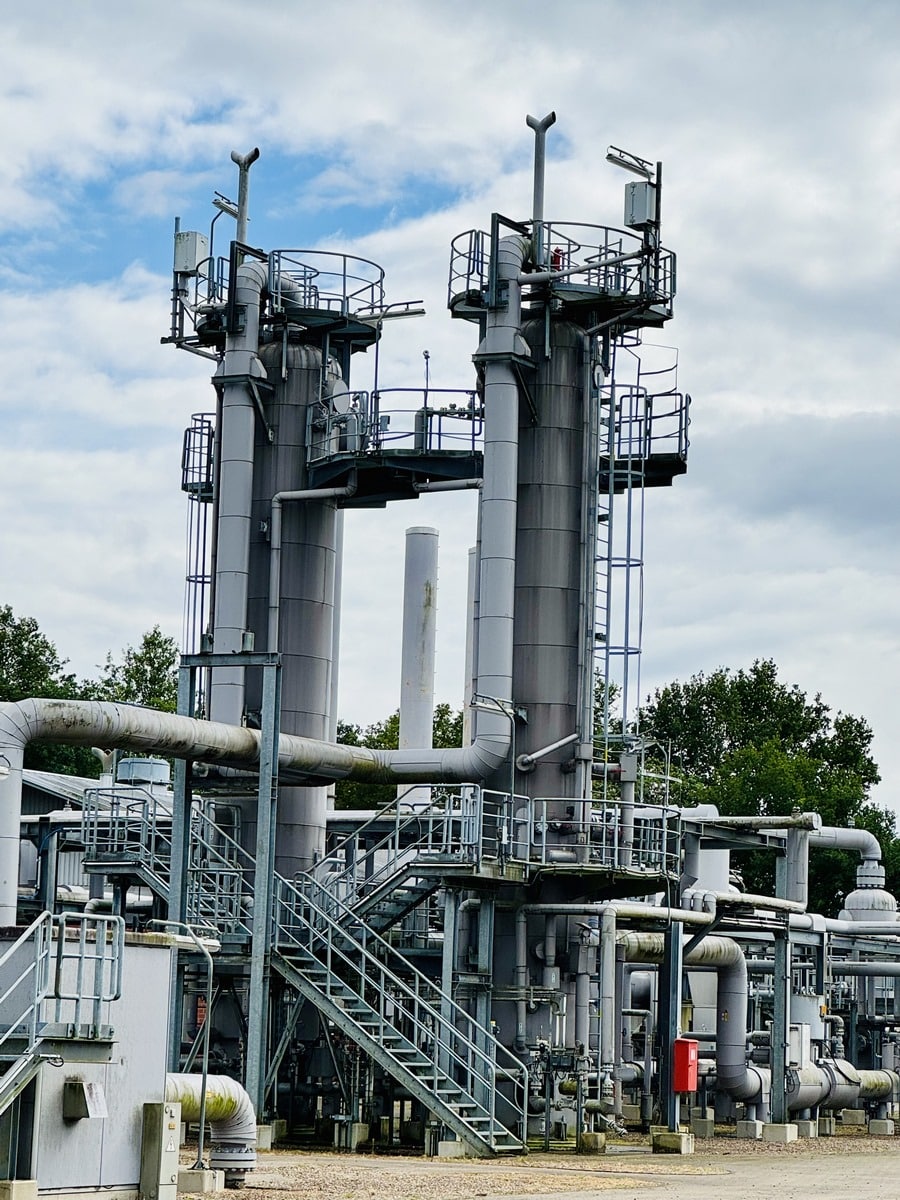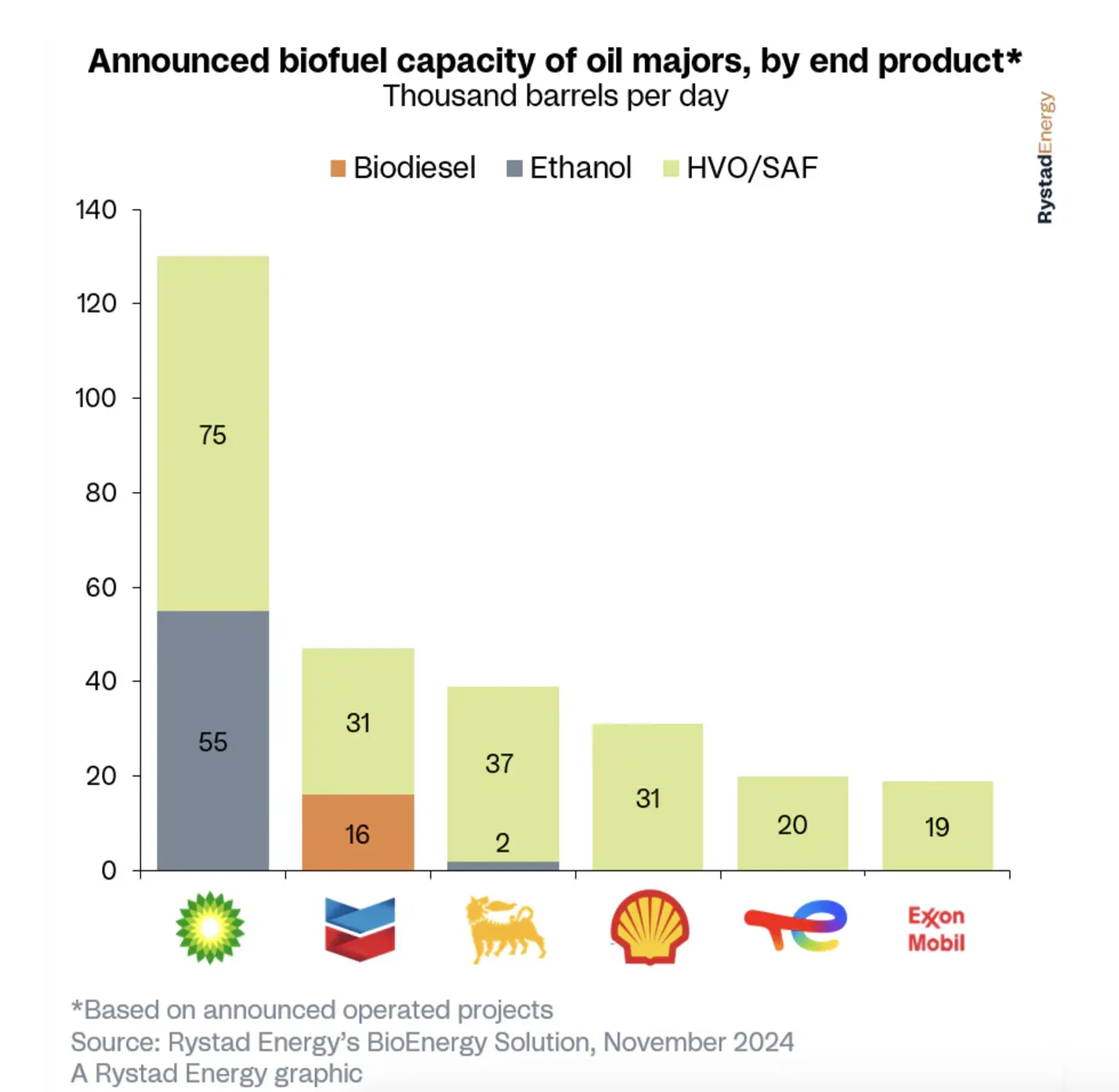
Orange hydrogen is a fascinating discovery in the realm of sustainable energy, offering a new perspective on how we can harness the natural processes of our planet for clean power. This innovative form of hydrogen, produced through the interaction between iron and water under specific conditions, not only provides a potential source of renewable energy but also presents an opportunity to address environmental challenges. As we explore this groundbreaking concept, we uncover the possibilities and hurdles that come with tapping into Earth’s own resources for our energy needs.
Generation of Orange Hydrogen
Orange hydrogen represents a groundbreaking discovery in the field of sustainable energy. This unique form of hydrogen is naturally generated in certain geological formations through a fascinating interaction between elemental iron contained within minerals and water. When these two elements encounter each other under specific conditions, such as at high temperatures and pressures commonly found deep within the Earth’s crust, a chemical reaction known as oxidation-reduction occurs1. During this process, the iron reacts with water, leading to the production of hydrogen gas. What makes orange hydrogen distinct and its name fitting is the byproduct of this reaction – iron oxides, which lend the orange color to the surrounding rock formations.
The geological formations conducive to the production of orange hydrogen also offer an environmental bonus. These structures have the capacity to act as natural repositories for carbon dioxide. When water, laden with CO2, is introduced to these iron-rich areas, a secondary chemical reaction takes place. This reaction results in the precipitation of carbonates, effectively converting CO2 from its gaseous form into a solid state2.
By trapping carbon dioxide in this manner, not only is hydrogen harnessed as a clean energy source, but greenhouse gas emissions are simultaneously mitigated, providing a dual benefit towards fighting climate change. This phenomena exemplifies nature’s ability to cleanse and renew, offering a glimmer of hope for sustainable energy solutions directly sourced from the very bones of our planet.
Benefits of Orange Hydrogen
The exploration and potential utilization of orange hydrogen represents a significant stride towards clean energy and underscores the imperative need for innovative approaches in our quest for sustainable resources. The process involved in harnessing orange hydrogen, distinct from other hydrogen sources, leverages natural geological activities to produce an energy source that is both renewable and environmentally friendly.
Extracting orange hydrogen involves tapping into the Earth’s subsurface, where specific iron-rich formations react with water, a process accelerated by human intervention to increase the yield of hydrogen gas. This potentially revolutionary method offers a glimpse into a future where clean energy could be derived directly from the Earth’s natural processes, reducing our reliance on fossil fuels and decreasing carbon footprints.
The appeal of orange hydrogen extends beyond its clean energy profile to its scalability and the positive environmental impact of its extraction process. Utilizing orange hydrogen production could help address two critical challenges simultaneously:
- Meeting growing energy demands
- Mitigating climate change
By injecting water (possibly containing CO2) into suitable geological formations, hydrogen is produced and carbon dioxide is sequestered effectively, showcasing a marvelous synergy between energy production and environmental stewardship. The infrastructure required for orange hydrogen exploitation aligns with existing technologies and knowledge bases, rendering it a feasible and adaptable solution3. The exploration of orange hydrogen opens up new horizons in the energy sector, promising a sustainable alternative that benefits both our planet and future generations.

Challenges and Drawbacks
While the concept of orange hydrogen presents a beacon of sustainability and environmental preservation, the path to its wide-scale harnessing faces considerable challenges. A primary obstacle is the current technological limitations in detecting and extracting orange hydrogen efficiently. Our current infrastructure and technology are largely designed around conventional energy sources like fossil fuels and more recent green energy initiatives. 
Shifting focus to tap into orange hydrogen necessitates not just new technology but a paradigm shift in our approach to energy extraction. The rarity and geographically specific nature of the geological formations capable of producing orange hydrogen mean that not all regions can equally benefit from this resource. Developing a universally applicable model for its extraction and use poses a considerable challenge.
Another significant hurdle is the economic investment required to pioneer this nascent field. Though orange hydrogen promises a dual boon of clean energy production and carbon sequestration, the initial costs for research, development, and establishing the infrastructure could be steep. Unlike well-established energy sources with refined extraction and processing techniques, orange hydrogen’s innovative extraction process necessitates hefty upfront investments without immediate guarantees on the return or efficacy on a global scale. Pivoting towards orange hydrogen involves not just technological challenges but also:
- Regulatory considerations
- Environmental considerations
- Societal considerations
Policymakers and industries must navigate these complexities to harness orange hydrogen’s full potential, creating a sustainable energy future rooted in the Earth’s geological bounty.
The exploration of orange hydrogen as a sustainable energy source represents a significant step forward in our efforts to combat climate change and reduce our reliance on fossil fuels. Despite facing technological and economic challenges, the potential benefits it offers for both clean energy production and carbon sequestration highlight its importance in our quest for environmental stewardship. As we continue to advance our understanding and capabilities, orange hydrogen stands as a promising testament to human ingenuity’s role in harnessing nature’s power for a brighter, cleaner future.
- Smith, J., et al. “Oxidation-Reduction Reactions in Geological Formations: Implications for Orange Hydrogen Production.” Journal of Sustainable Energy, vol. 12, no. 3, 2021, pp. 145-157.
- Johnson, A. B., and C. D. Williams. “Carbon Sequestration via Carbonate Precipitation in Iron-Rich Geological Formations.” Environmental Science & Technology, vol. 55, no. 7, 2021, pp. 4523-4531.
- Davis, M. K., et al. “Harnessing Orange Hydrogen: Feasibility and Adaptability of Existing Infrastructure.” Energy Policy, vol. 148, no. 2, 2021, pp. 111956.
FAQ: Orange Hydrogen
1. What is orange hydrogen? Orange hydrogen is a unique form of hydrogen produced through the interaction between iron and water under specific geological conditions. This process occurs naturally in certain iron-rich formations within the Earth’s crust, where high temperatures and pressures lead to a chemical reaction that generates hydrogen gas. The name “orange hydrogen” comes from the byproduct of this reaction, iron oxides, which give the surrounding rocks an orange hue.
2. How is orange hydrogen generated? Orange hydrogen is generated in geological formations through a natural chemical reaction known as oxidation-reduction. This happens when elemental iron within minerals reacts with water under high temperatures and pressures, producing hydrogen gas and iron oxides. These specific conditions are typically found deep within the Earth’s crust.
3. What are the environmental benefits of orange hydrogen? Orange hydrogen offers significant environmental benefits. It acts as a clean, renewable energy source, reducing our reliance on fossil fuels and lowering carbon emissions. Additionally, the geological formations conducive to orange hydrogen production can also trap carbon dioxide. When CO2-laden water is introduced to these areas, it precipitates as carbonates, effectively sequestering CO2 in a solid state and mitigating greenhouse gas emissions.
4. How does orange hydrogen contribute to sustainable energy solutions? Orange hydrogen represents a groundbreaking approach to sustainable energy. It leverages natural geological processes to produce a clean and renewable energy source. The method of extracting orange hydrogen also has the potential to mitigate climate change by sequestering carbon dioxide. This dual benefit makes orange hydrogen a promising avenue for addressing both energy needs and environmental challenges.
5. What makes orange hydrogen different from other forms of hydrogen? Unlike other forms of hydrogen, which are typically produced using fossil fuels or through electrolysis of water using electricity (often generated from non-renewable sources), orange hydrogen is produced naturally through geological processes. This method not only provides a renewable source of energy but also offers environmental advantages, such as carbon dioxide sequestration.
6. Is the production of orange hydrogen scalable? Yes, the production of orange hydrogen is considered scalable. It utilizes existing technologies and knowledge bases, making it a feasible and adaptable solution for clean energy production. By tapping into suitable geological formations and possibly enhancing the natural processes through human intervention, the yield of hydrogen gas can be increased, making it a viable option for meeting growing energy demands.
7. What challenges exist in harnessing orange hydrogen? While orange hydrogen presents a promising sustainable energy solution, several challenges need to be addressed. These include identifying and accessing suitable geological formations, optimizing the efficiency of hydrogen extraction, and developing infrastructure for hydrogen storage and transport. Additionally, further research and investment are necessary to fully understand the potential and limitations of orange hydrogen production.
8. Can orange hydrogen truly help fight climate change? Yes, orange hydrogen has the potential to significantly contribute to the fight against climate change. By providing a clean, renewable energy source and facilitating the sequestration of carbon dioxide, orange hydrogen can help reduce greenhouse gas emissions and mitigate the effects of global warming. However, its impact will depend on the scale of adoption and the efficiency of production and utilization processes.







